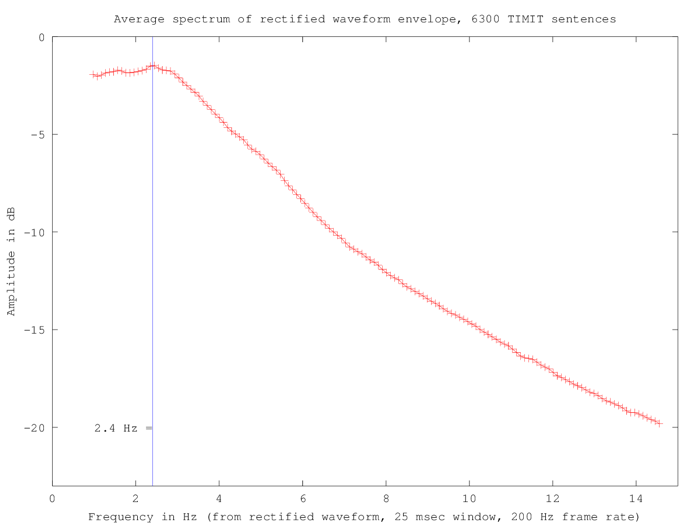Another little Chinese v. English experiment
With respect to yesterday's little perception experiment ("Can you tell the difference between English and Chinese?", 12/20/2013), Edward Lindon asked, semi-rhetorically:
Could the putative perceived similarities have any connection with the rhythms and inflections of the "broadcast voice"? Would the results be the same if the sample were composed of daily or conversational speech?
And Cygil responded, taking him literally:
Exactly. Newsreaderese is a bizarre dialect of English that, if you used in regular conversation, would immediately signal you as a madman.
This is absolutely all true, though incomplete — there are at least four or five quite distinct dialects of newsreaderese in English, and probably in other languages/cultures as well. See "Celebrity Voices", 3/26/2011, for some discussion.
So this morning, I've selected eight phrases at random from published corpora of conversational telephone speech in English and in Mandarin, and you can try the same experiment again.
Read the rest of this entry »


